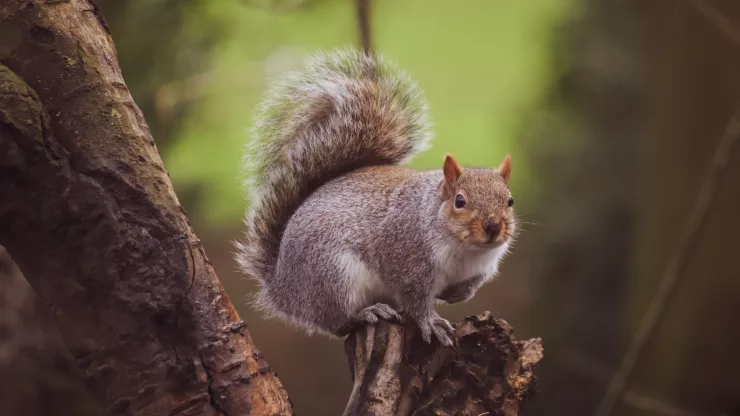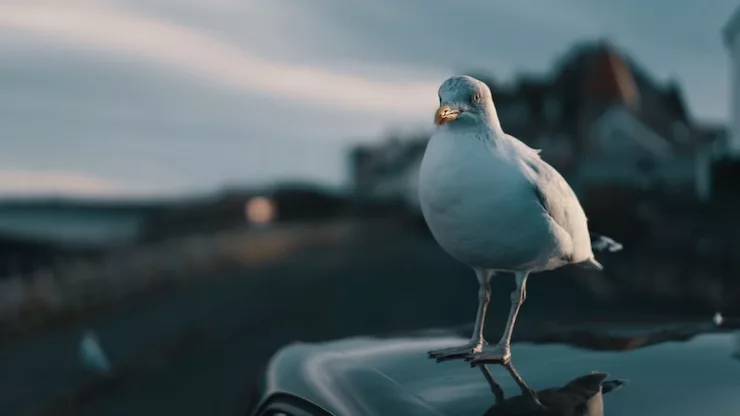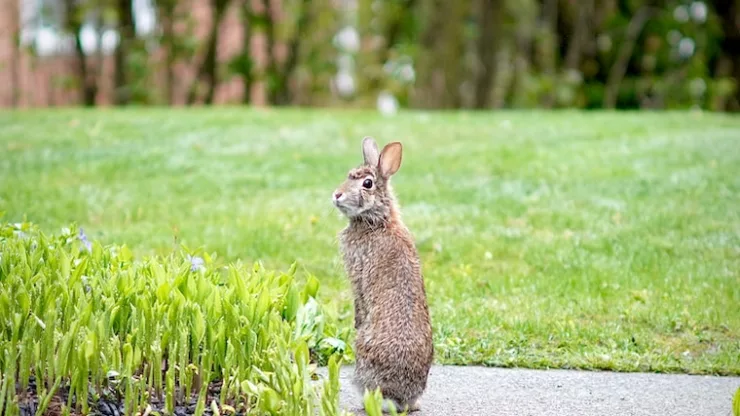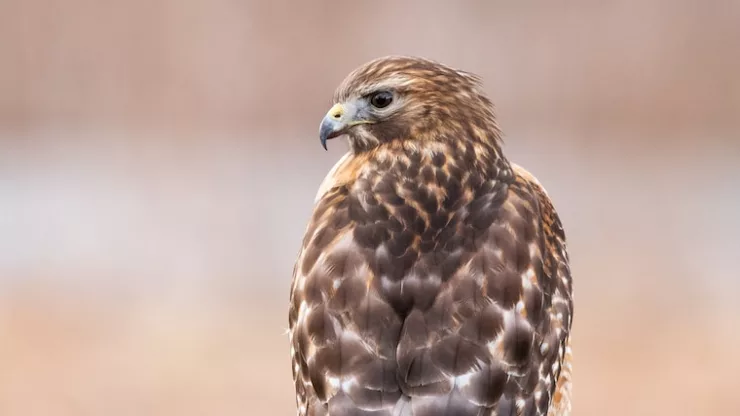It’s hard not to smile when you spot a squirrel darting around a tree or scampering across a power line.
These acrobatic creatures are a common sight in many cities around the world, but how much do we really know about them?
In this article, we’ll explore the fascinating world of urban squirrels, from their history and behavior to the challenges they face and how we can help support them.
Jump to Section
Introduction
What are Urban Squirrels?
Urban squirrels are a species of squirrel that has adapted to living in cities and other urban environments.
While there are many different species of squirrels found around the world, the most common type of urban squirrel is the Eastern gray squirrel, which is native to North America.
Why are Urban Squirrels Interesting?
Urban squirrels are interesting for a number of reasons. Not only are they cute and playful, but they also play an important role in urban ecosystems.
Squirrels help to disperse seeds and nuts, which helps to maintain plant diversity in cities.
They also serve as a food source for other urban wildlife, such as birds of prey and foxes.
The History of Urban Squirrels
How did Squirrels Adapt to Urban Environments?
Squirrels have been adapting to urban environments for centuries, but it wasn’t until the 19th century that they really began to thrive in cities.
This was due in large part to the planting of trees in urban areas, which provided squirrels with a reliable food source and a habitat that was similar to their natural forested environments.
What are the Benefits of Urban Squirrels?
Urban squirrels provide a number of benefits to cities, including:
- Helping to disperse seeds and nuts, which helps to maintain plant diversity
- Serving as a food source for other urban wildlife
- Providing entertainment and enjoyment for city residents
The Life of an Urban Squirrel
Diet and Nutrition of Urban Squirrels
Urban squirrels have a varied diet that includes nuts, seeds, fruits, and insects.
They are able to find food in a variety of urban environments, including parks, backyards, and even dumpsters.
Reproduction and Family Life of Urban Squirrels
Squirrels mate in the late winter or early spring and give birth to litters of 2-6 babies in the spring or summer.
Urban squirrels tend to have smaller litters than their rural counterparts, likely due to the increased competition for resources in cities.
Behaviour and Social Life of Urban Squirrels
Squirrels are social animals that live in groups called drays.
These groups are made up of a female and her offspring, as well as any adult females that have joined the group.
Male squirrels tend to be solitary and will only join a dray during mating season.
The Challenges of Urban Squirrels
Disease and Parasites in Urban Squirrels
Urban squirrels face a number of health challenges, including exposure to diseases and parasites that can be transmitted by other animals or contaminated food sources.
One common disease in urban squirrels is mange, which is caused by a mite that burrows into the squirrel’s skin and can lead to hair loss and other health problems.
Predators and Threats to Urban Squirrels
Urban squirrels also face threats from predators such as birds of prey, foxes, and domestic cats.
They are also at risk of being hit by cars or getting trapped in buildings.
Human Interactions with Urban Squirrels
Human interactions with urban squirrels can also be a challenge.
Some people view squirrels as pests and may try to trap or kill them, while others may try to feed them inappropriate foods that can be harmful to their health.
How to Support Urban Squirrels
Tips for Feeding and Providing Habitat for Urban Squirrels
If you want to support urban squirrels, there are a number of things you can do. Some tips include:
- Providing a squirrel feeder in your backyard or balcony
- Planting trees and other vegetation that provide food and shelter for squirrels
- Avoiding feeding squirrels foods that are harmful to their health, such as bread or junk food
Community Efforts to Support Urban Squirrels
Communities can also work together to support urban squirrels. Some examples of community efforts include:
- Planting community gardens that provide food and habitat for squirrels and other wildlife
- Encouraging businesses to use bird-safe glass to reduce the number of bird strikes that can harm squirrels and other wildlife
- Educating residents about the importance of squirrels and other urban wildlife and how they can coexist with them
Balancing Human Needs and Squirrel Conservation in Urban Areas
While it’s important to support urban squirrels, it’s also important to balance their needs with those of humans.
This can be a delicate balancing act, but it’s possible to find solutions that work for both wildlife and people.
Conclusion
The Importance of Urban Squirrels in City Ecosystems
Urban squirrels play an important role in city ecosystems, helping to maintain plant diversity and serving as a food source for other urban wildlife.
They also provide entertainment and enjoyment for city residents.
Ways to Appreciate and Protect Urban Squirrels
There are many ways to appreciate and protect urban squirrels, from providing food and habitat to supporting community efforts and educating others about their importance.
By working together, we can ensure that these acrobatic creatures continue to thrive in our cities for years to come.
FAQ
What should I feed urban squirrels?
Squirrels have a varied diet that includes nuts, seeds, fruits, and insects.
You can provide them with a squirrel feeder that contains nuts or seeds that are safe for them to eat.
Are urban squirrels dangerous?
While urban squirrels are generally not dangerous, they can carry diseases and parasites that can be harmful to humans.
It’s important to avoid touching or handling squirrels and to wash your hands thoroughly if you come into contact with them.
What should I do if I find an injured squirrel?
If you find an injured squirrel, it’s important to contact a wildlife rehabilitation center or a licensed wildlife rehabilitator for help.
Do not attempt to handle the squirrel yourself, as this can cause further injury or stress.
I’m a nature enthusiast and creator of Metro Wilds and have spent years exploring the great outdoors.
With a passion for environmental conservation and sustainability, I have dedicated my career to writing about the beauty and wonders of nature, as well as the threats facing our planet.
Contact me at [email protected] for assistance.





